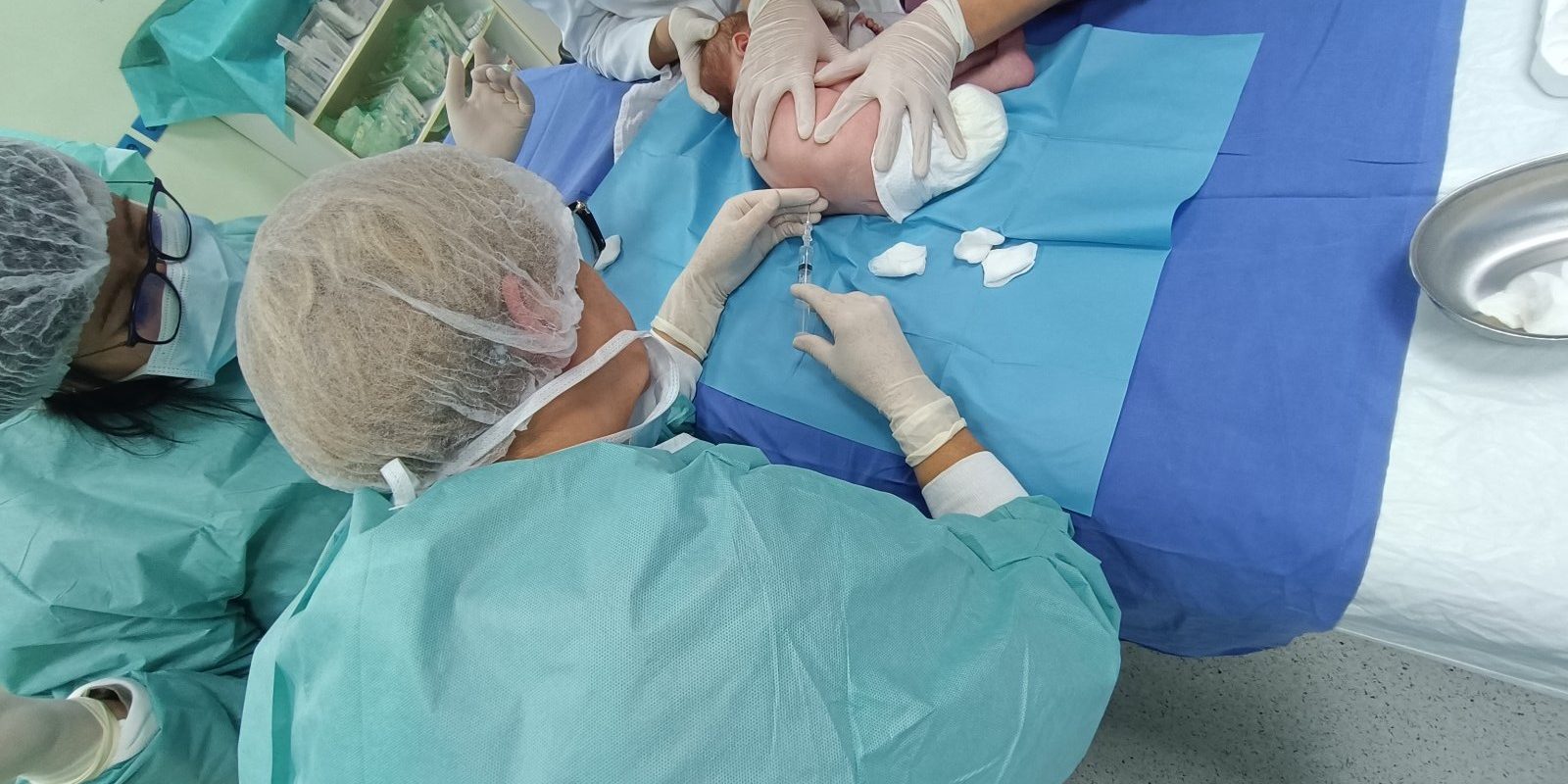Health professionals from the University Clinical Center Tuzla for the first time applied Nusinersen, an antisense oligonucleotide drug for spinal muscular atrophy (SMA).
Nusinersen is administered to a newborn patient aged 1.5 months after spinal muscular atrophy was diagnosed by a screening test at birth, and then confirmed by molecular genetic analysis.
Spinal muscular atrophy is caused by a lack of protein in the body called motor neuron survival protein, resulting in the loss of nerve cells in the spinal cord, leading to muscle weakness in the shoulders, hips, thighs and upper back. Also, there can be weakness of the muscles involved in breathing and swallowing, which can lead to the patient’s life being endangered.
The drug works by helping the body to produce more motor neuron survival proteins, which are lacking in people with spinal muscular atrophy, which ultimately aims to reduce nerve cell loss and can increase muscle strength.
The drug is administered via lumbar puncture and administration must be performed by skilled health professionals. Since the early application of targeted therapy that modifies the course of the disease in terms of stopping its onset and progression, the medical genetics of the Center for Rare Diseases, University Clinical Center Tuzla contacted the pharmaceutical companies to acquire therapy for the treatment of spinal muscular atrophy in paediatric patients.
Ass. Prof. Ljelja Muaremoska Kanzoska, MD, from the University Children’s Hospital Skoplje from North Macedonia supervised the application of the drug. Dr. Ljelja is a neuropediatrician who has been treating patients diagnosed with SMA since 2019, and her presence was of a great importance for medical team who was involved in the treatment.
During her stay, Dr. Kanzoska highlighted the importance of the neonatal screening that was conducted on the newborn in the Republic of Croatia, since Bosnia and Herzegovina does not have this screening or registry of patients with SMA.
Neonatal screening makes it possible to detect the potential presence of congenital diseases long before symptoms appear. According to Ass. Prof. Ljelje Muaremoska Kanzoska early diagnosis even in the pre- symptomatic phase of the disease is of essential importance for the outcome of the treatment of SMA, and testing after birth will save the precious time needed to establish a diagnosis.







